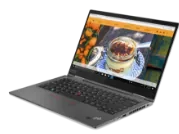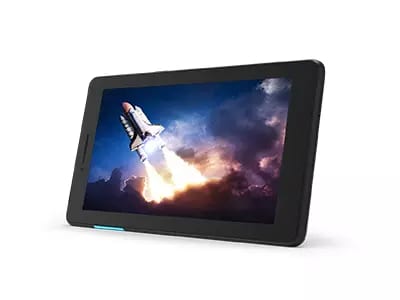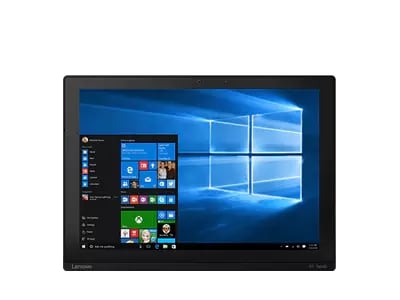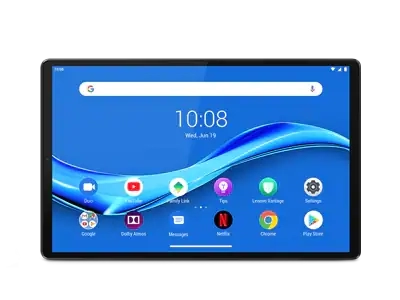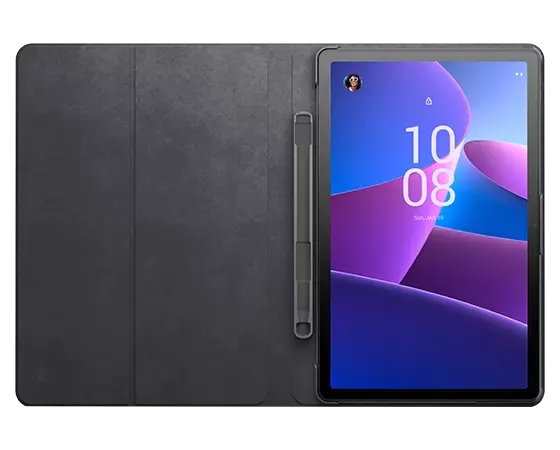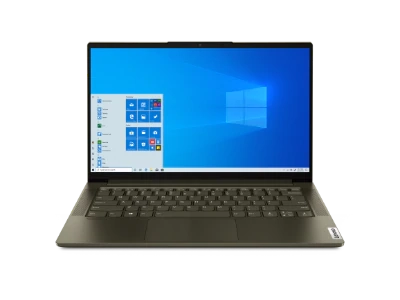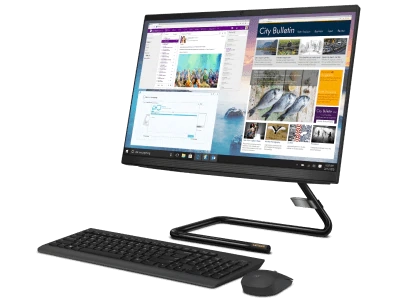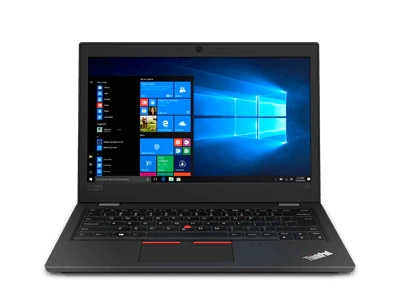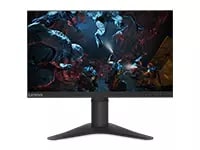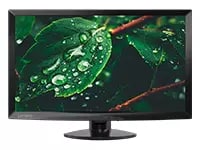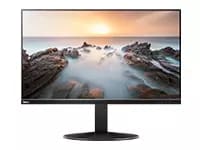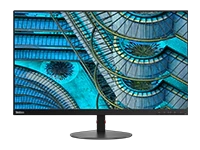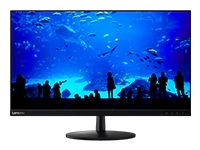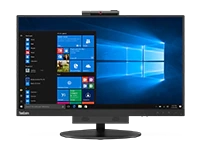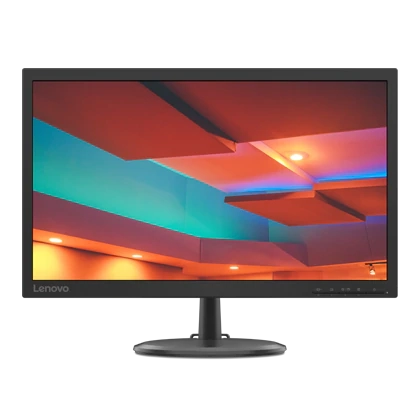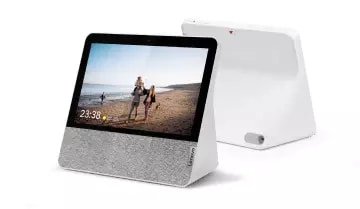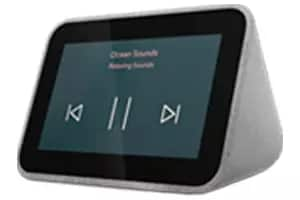What is a workstation PC?
There are lots of different ideas out there as to what a workstation computer is. These ideas can range from special computers designed for technical or scientific applications, or a PC or mainframe terminal on a local area network, or even a “dumb terminal,” or terminal without processing power connected to a mainframe.
Lenovo workstation computers are engineered for ultimate productivity with enhanced power, performance, and industry-leading reliability that standard desktop computers cannot match. By combining top-of-the-line components with expanded support for smarter technologies, like Client AI and AR/VR, Lenovo workstations are built to handle your most demanding projects — turning your ideas into reality.
What does a workstation do?
For workstation desktop users, the primary avenues to drive design and development productivity are two-fold:
- Shorten the time required to complete individual tasks and improve the workflow overall. This requires the best possible throughput for a range of CAD workloads
- Avoid idle time by ensuring all critical IT resources (hardware and software) are always up and running, and available to users. This requires the most reliable computing tools.
Workstations are specifically engineered to achieve both, with features standard PCs can’t match, such as:
- ISV certification
- Professional-caliber processors (CPUs)
- Graphics cards (GPUs)
- Enhanced memory and storage capacity and protection
- Stronger power supplies (PSUs)
- More robust chassis design and materials
- More comprehensive warranties and support.
Why is reliability so important to workstation desktop users?
Purpose-built for reliability, the workstation is fundamentally more reliable than its consumer- or corporate-focused siblings, as is evident in both the components inside and the enclosure hous-ing them:
- Comprehensive thermal engineering of the chassis, for example, ensures workstation components stay cool under the pressure of running compute-intensive software, as hot parts are more vulnerable to failure.
- Workstation-caliber CPUs and GPUs share a similar focus on robust design:
- Workstation GPU add-in cards, for example, boast gold-plated PCI Express fingers, burlier retention mechanisms, and more robust clocking and drivers.
- Intel® Xeon® processors deliver exclusive features such as memory error protection (in the form of error-correcting code, or ECC) and optimal clock frequencies that maximize performance without sacrificing reliability.
- Workstations offer protection for stored data as well, supporting RAID configurations that protect the contents of your hard drive and minimize downtime in the event of a failure.
- Perhaps the workstation’s most important feature is its most differentiating: independent software vendor (ISV) certification by companies such as Autodesk and Dassault Systèmes. This means that hardware OEMs and ISVs team up to verify the complete workstation system — hardware, applications, and drivers — through:
- Comprehensive regression testing, which ensures every certified workstation reliably runs the most popular CAD applications.
- More robust hardware designs combined with ISV certification, which lead to increased uptime thanks to reduced chances of crashes, bugs, memory errors, and repairs.
Why is performance so important to workstation desktop users?
Being purpose-built for CAD performance, reliability and manageability are hallmark workstation traits, but for many users, performance is ultimately where the rubber meets the road. A workstation’s design and choice of software and hardware components not only make it more reliable than a general-purpose PC, they also let it churn faster through demanding CAD workloads:
- Workstation chassis tend to:
- Be larger in size
- Offer more expansion slots for:
- Add-in cards
- More bays for storage
- Beefier PSUs to power them all.
- ISV certification, in addition to enhancing reliability, ensures the most optimal application-to-driver interface
- Intel Xeon CPUs are better equipped to tackle large CAD datasets and modern multithread workloads through:
- Populate more CPU cores
- Support larger caches
- Couple to more ample memory footprints
- Professional-caliber GPUs tend to offer more graphics memory than consumer-class cards, such that ever-larger CAD models don’t choke rendering due to a lack of local storage. Other benefits of workstation GPUs include:
- Optimization for the specific types of graphics operations most commonly employed in CAD
- Drivers that outperform those tuned for gaming or general-purpose graphics applications
- Drivers that are optimized for the drawing of smooth 3D lines and Gooch-shaded surfaces, which is common in CAD drawings but virtually nonexistent in games and other consumer-oriented applications.
- Workstation vendors now commonly offer supporting software tools designed to optimize performance and reliability. The Lenovo Performance Tuner (LPT) has default values specified to deliver sound performance in the majority of use cases, while giving users and IT administrators the option to fine-tune the allocation of hardware resources down to a specific selection of which applications run on which CPU cores.
How do you know when it’s time to upgrade your workstation?
The right time to swap out the old workstation in favor of a new model will depend on the user, the workflow, and the budget. But an effective replacement cycle must be:
- One, long enough to allow adequate amortization of the current asset
- And two, short enough to ensure that productivity doesn’t fall too far behind the curve
Typically, you should consider upgrading your workstation in the 18- to 36-month range.
In the end, a new workstation provides the most compelling IT investment. With design features specifically geared to the priorities of CAD professionals, a workstation can deliver what a PC cannot:
- A focus on reliability permeates a workstation build, while performance tuned to CAD applications and workload delivers compelling speed-ups over the typical performance PC
- Test results show superior throughput for workstations — often dramatically so —especially when tasked with 3D-oriented CAD workloads
- And, with competitive purchase prices combined with superior reliability and management, the workstation often turns out to be the less-expensive option over the life of the asset.
Businesses depend on high-performance and reliable IT to better deliver for customers, on schedule and to specification. They can’t afford to waste time and money on a new resource that handcuffs productivity or one that has been pushed beyond its useful life. As supported, both by the examination of its features and the results of its testing, a modern workstation computer is definitively the superior tool for businesses that require an effective, productive CAD workflow.


Limits: Orders limited to 5 computers per customer. For larger quantities, go to the “Where to Buy” section of the website for details of resellers and retailers of Lenovo products
Offerings and Availability: All offers subject to availability. Offers, prices, specifications and availability may change without notice. Product offerings and specifications advertised on this website may be changed at any time and without notice. Models pictured are for illustration purposes only. Lenovo is not responsible for photographic or typographic errors..
PCs shown here are shipped with an operating system.
Prices: Web prices advertised include VAT. Prices and offers in the cart are subject to change until the order is submitted. *Pricing - savings referenced off regular Lenovo web prices. Reseller prices may differ from those advertised here.
**Battery: These systems do not support batteries that are not genuine Lenovo-made or authorised. Systems will continue to boot, but may not charge unauthorised batteries. Lenovo has no responsibility for the performance or safety of unauthorised batteries, and provides no warranties for failures or damage arising out of their use. **Battery life is based on the MobileMark® 2014 methodology and is an estimated maximum. Actual battery life may vary based on many factors, including screen brightness, active applications, features, power management settings, battery age and conditioning, and other customer preferences.
Finance is provided by Duologi. Duologi is the trading name of Specialist Lending Ltd.
General: Review key information provided by Microsoft® that may apply to your system purchase, including details on Windows 10, Windows 8, Windows 7, and potential upgrades/downgrades. Lenovo makes no representation or warranty regarding third-party products or services.
Trademarks: Lenovo, ThinkPad, IdeaPad, ThinkCentre, ThinkStation and the Lenovo logo are trademarks of Lenovo. Microsoft, Windows, Windows NT, and the Windows logo are trademarks of Microsoft Corporation. Ultrabook, Celeron, Celeron Inside, Core Inside, Intel, Intel Logo, Intel Atom, Intel Atom Inside, Intel Core, Intel Inside, Intel Inside Logo, Intel vPro, Itanium, Itanium Inside, Pentium, Pentium Inside, vPro Inside, Xeon, Xeon Phi, Xeon Inside, and Intel Optane are trademarks of Intel Corporation or its subsidiaries in the U.S. and/or other countries.© 2023 Advanced Micro Devices, Inc. All rights reserved. AMD, the AMD Arrow logo, Athlon, EPYC, FreeSync, Ryzen, Radeon, Threadripper and combinations thereof are trademarks of Advanced Micro Devices, Inc. Other company, product or service names may be trademarks or service marks of others.






